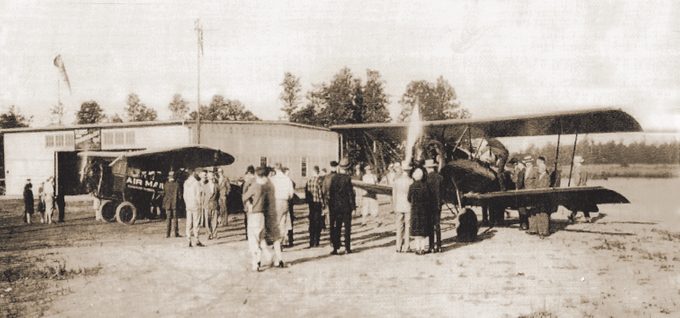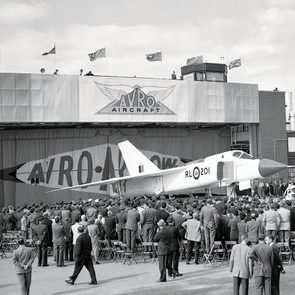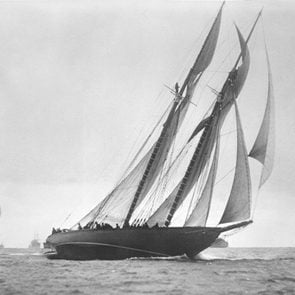Putting London’s First Airport Back on the Map
A little-known airfield in Ontario aided the Allies in WWII.
While I was attending a community improvement meeting in Lambeth, part of the Westminster neighbourhood of London, Ontario, I noticed the Westminster Township Historical Society (WTHS) had a booth promoting their organization.
I’d recently been discussing the long-gone Lambeth airport with my friend, a retired air controller, so I asked the historical society if they knew anything about it. With their help, I discovered some of the remarkable history of London’s first airport.
The site not only helped put London on the aviation map, it also contributed to Allied efforts during the Second World War.

In the 1920s, a group of businesspeople wanted to see an airport in London, and Lambeth met the specifications of the Civil Aviation Branch of the Department of National Defence.
The Lambeth airport was operated by The London Flying Club and opened officially on August 24, 1928, grabbing the front page of The London Free Press the next day. Airmail service through the Lambeth airport began the following year.
Lambeth was one of the first flying fields in Canada. Three-hundred private and commercial pilots trained there, in addition to the Royal Canadian Air Force pilots who trained for the Second World War on Tiger Moths and Fleet Finches.
A “listening station” was established beside the air strip during the Second World War. It was a building set up to secretly intercept communications between German submarines in the Gulf of St. Lawrence. It connected with other listening stations on Canada’s east coast that were also tracking enemy submarine activity as Canadian convoys set sail for Europe.
On a humorous note, the airport was involved in a bank robbery when the thief chartered a plane at the airport. The pilot had no idea his passenger had just robbed a bank, and within minutes of landing the plane in Hamilton, the robber had disappeared.
On another occasion, because of a low ceiling, a pilot couldn’t see the landing strip, so the ground crew built a bonfire, enabling him to see the runway and land the aircraft without incident.
The Lambeth airfield was sold as farmland on June 11, 1949, in part because larger planes needed a longer runway.
When I have spoken to locals about this airport’s legacy, they have been very excited to learn about its location and rich history. I am diligently working with the WTHS and the site’s developer to have a monument erected at the corner of Wonderland Road and Wharncliffe Road, formerly known as Airport Road, which is very close to where the airport was located.
To me personally, it is especially important to recognize Lambeth airport because my dad was in the RCAF, and many of these pilots fought and died for our freedom.
Next, read the incredible story of Canada’s first commercial flight.






